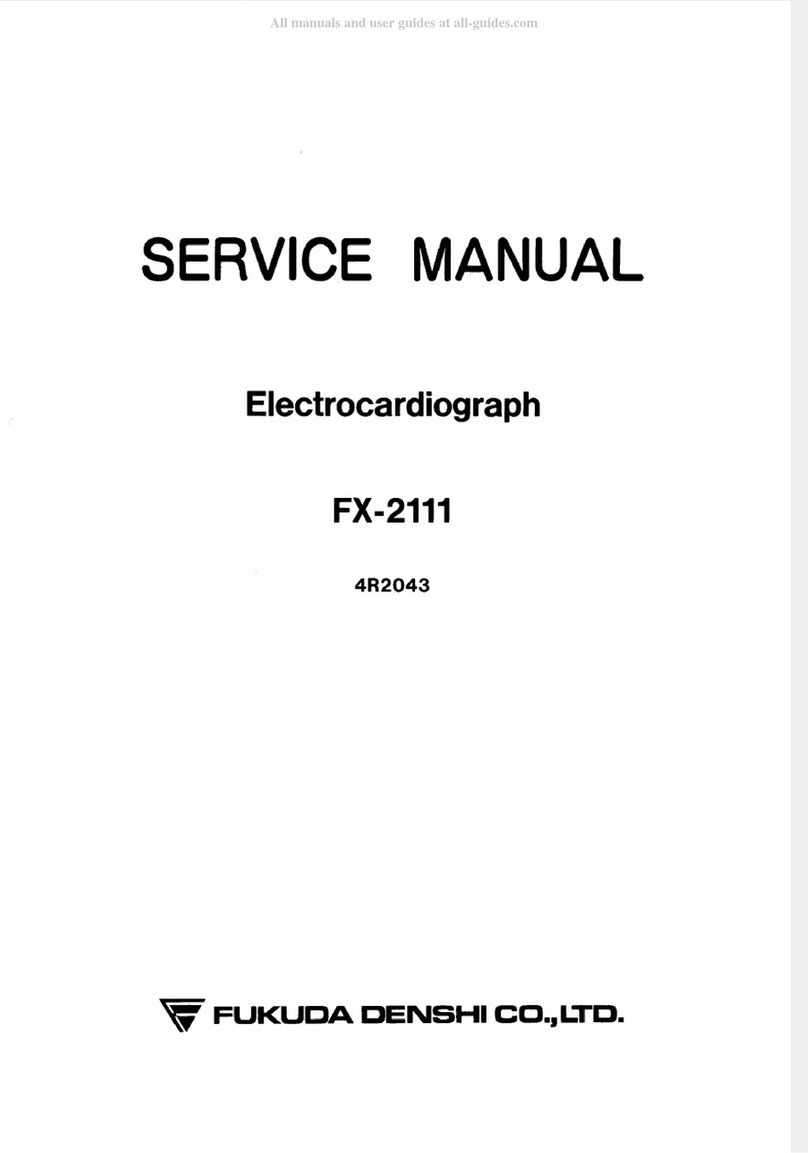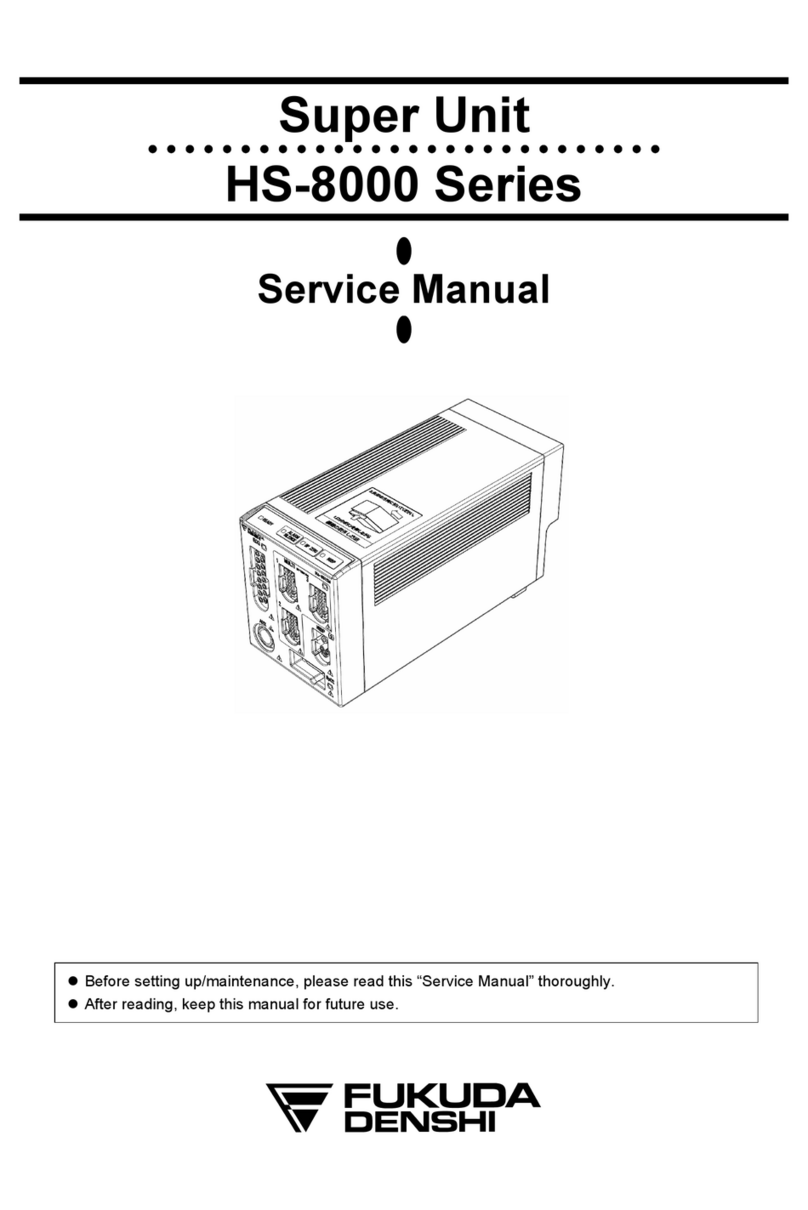Fukuda Denshi DS-7001 User manual
Other Fukuda Denshi Medical Equipment manuals
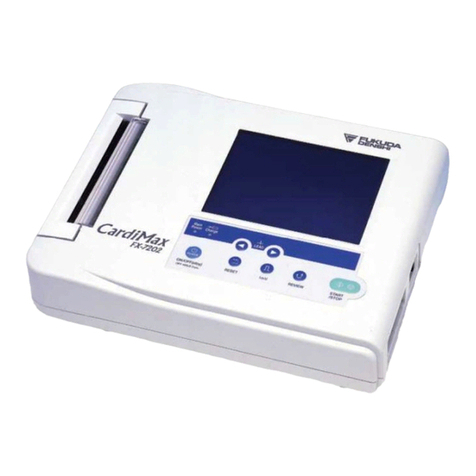
Fukuda Denshi
Fukuda Denshi CARDIMAX FX-7202 User manual
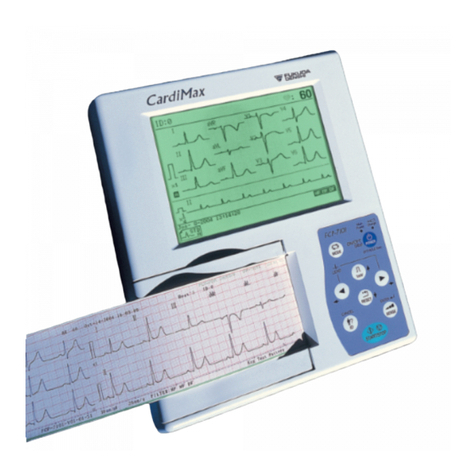
Fukuda Denshi
Fukuda Denshi FCP-7101 User manual
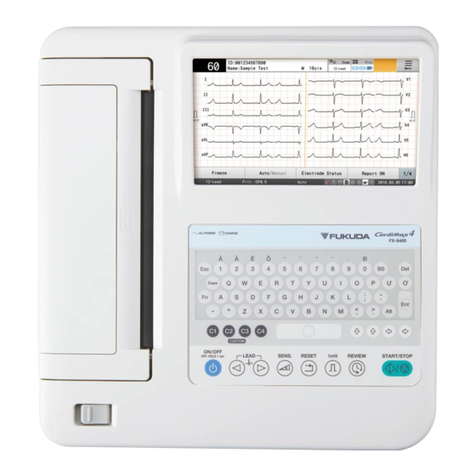
Fukuda Denshi
Fukuda Denshi FX-8400 Instruction manual
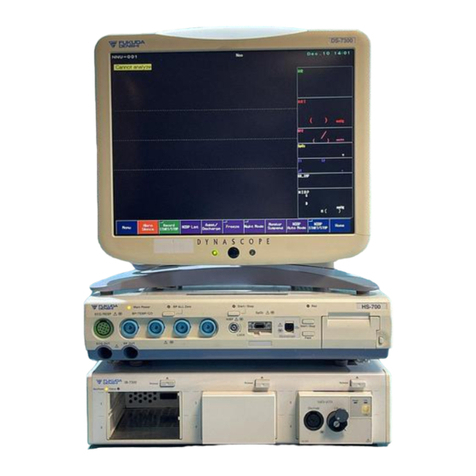
Fukuda Denshi
Fukuda Denshi IB-7300 User manual
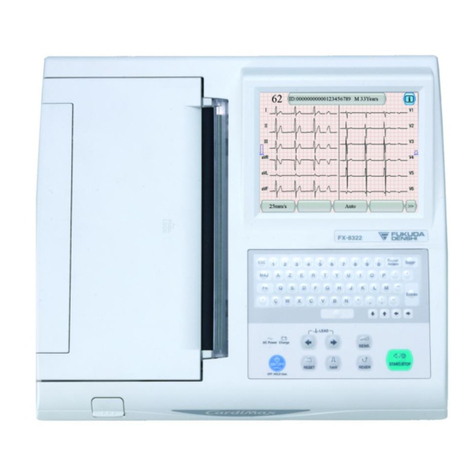
Fukuda Denshi
Fukuda Denshi CardiMax FX-8322 User manual
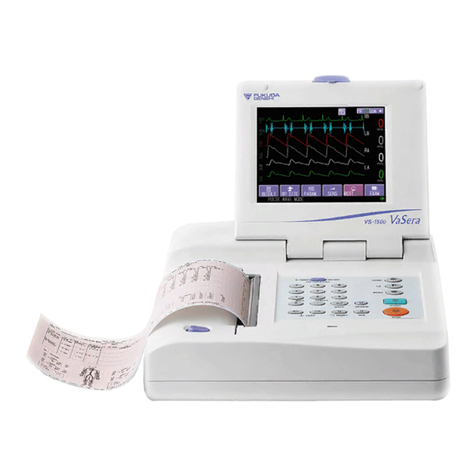
Fukuda Denshi
Fukuda Denshi VaSera VS-1500 User manual
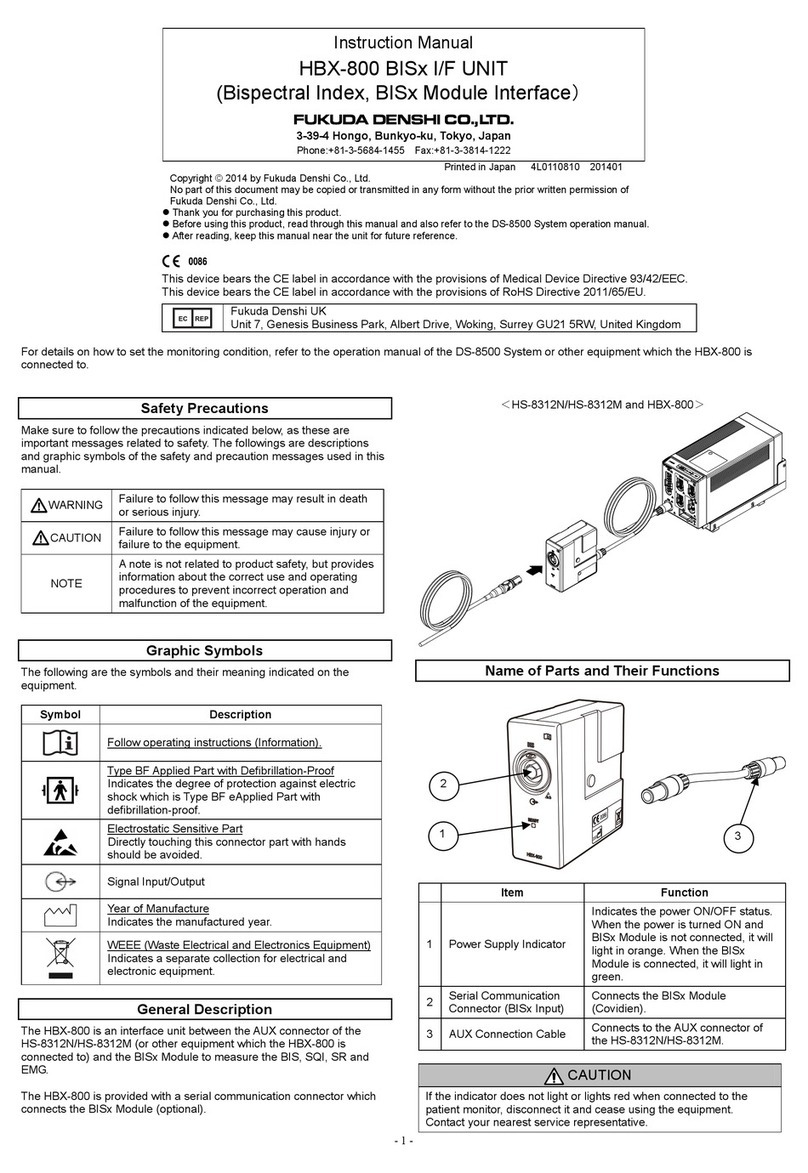
Fukuda Denshi
Fukuda Denshi HBX-800 BIS Series User manual

Fukuda Denshi
Fukuda Denshi CARDIMAX FX-7202 User manual
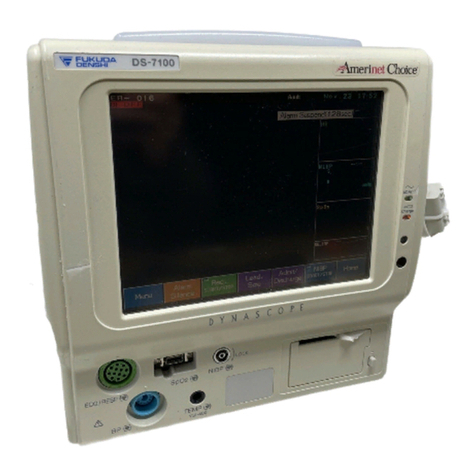
Fukuda Denshi
Fukuda Denshi Dynascope 7100 User manual
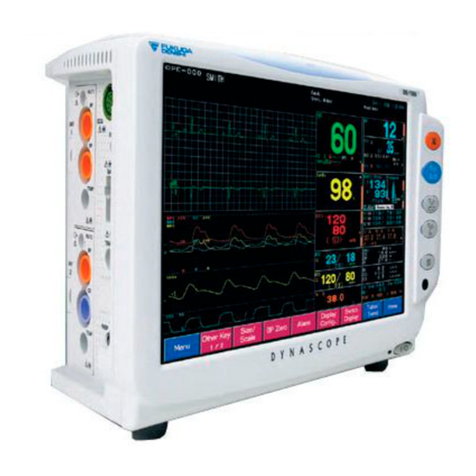
Fukuda Denshi
Fukuda Denshi DynaScope 7000 Series User manual
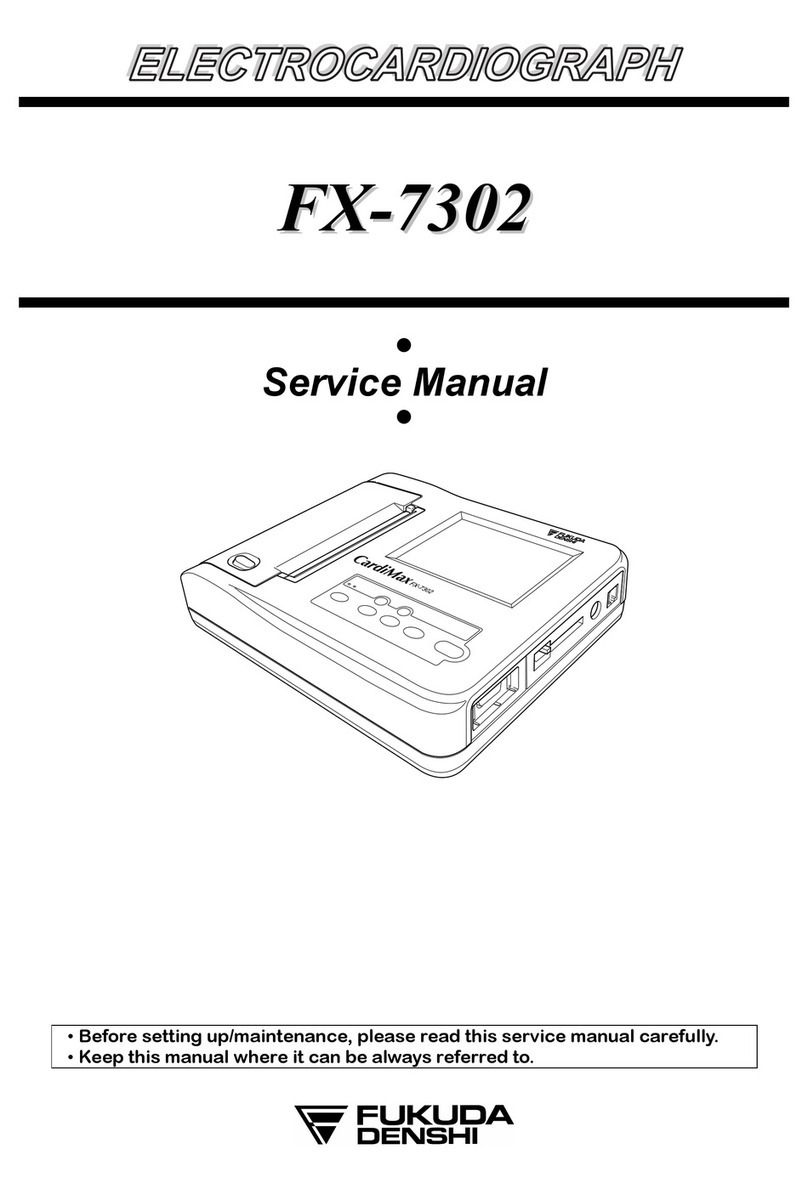
Fukuda Denshi
Fukuda Denshi FX-7302 User manual
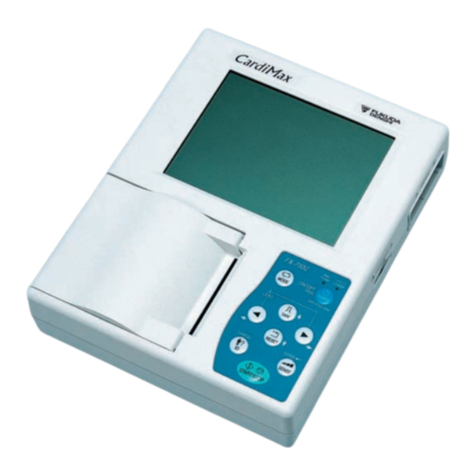
Fukuda Denshi
Fukuda Denshi FX-7102 User manual

Fukuda Denshi
Fukuda Denshi DynaScope 7000 Series User manual
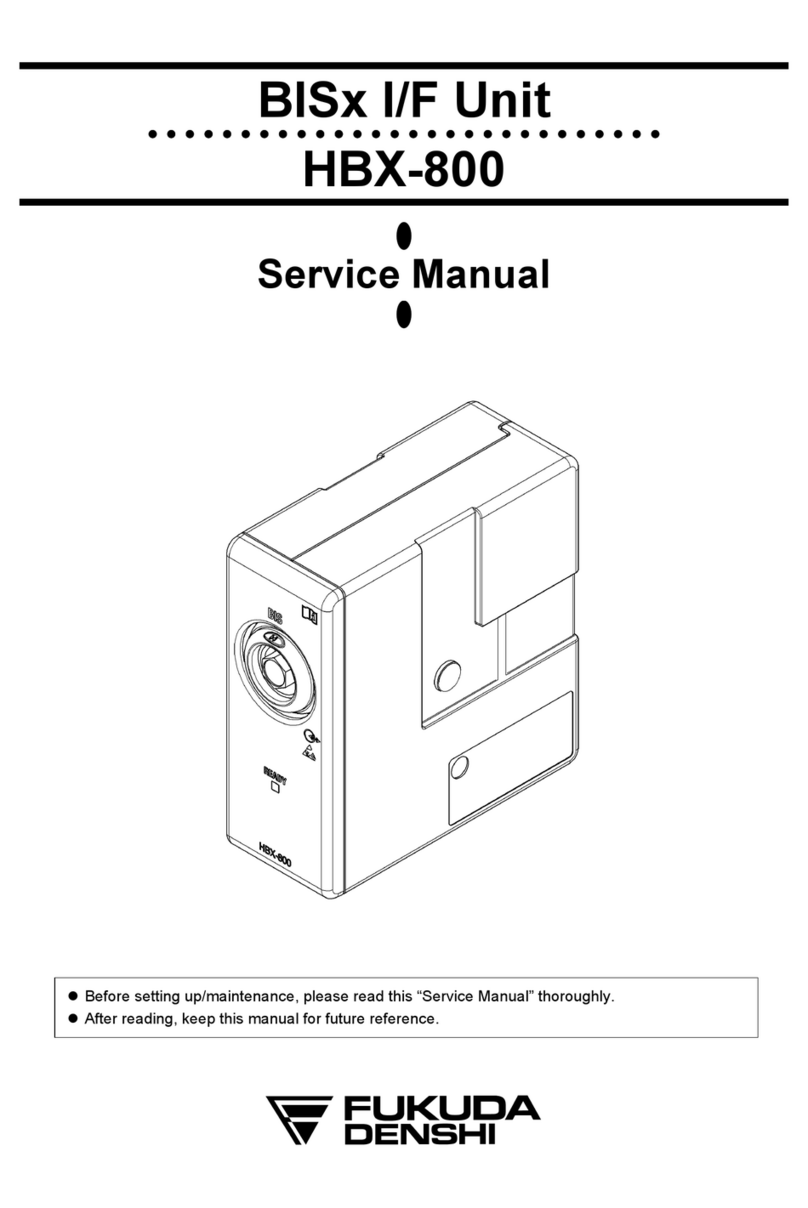
Fukuda Denshi
Fukuda Denshi HBX-800 User manual
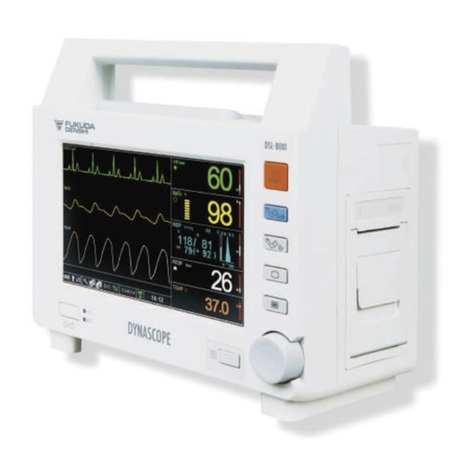
Fukuda Denshi
Fukuda Denshi Dynascope 8000 Series User manual
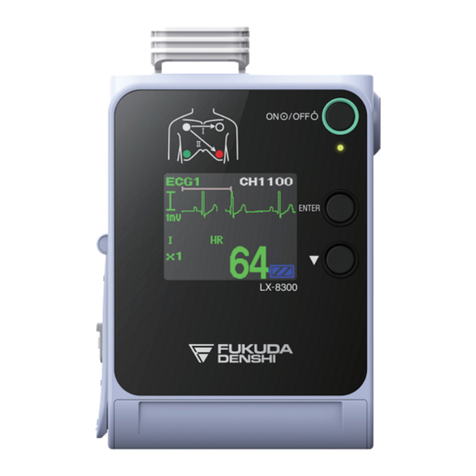
Fukuda Denshi
Fukuda Denshi LX-8000 Series User manual

Fukuda Denshi
Fukuda Denshi Dynascope 8000 Series User manual

Fukuda Denshi
Fukuda Denshi Dynascope 8000 Series User manual
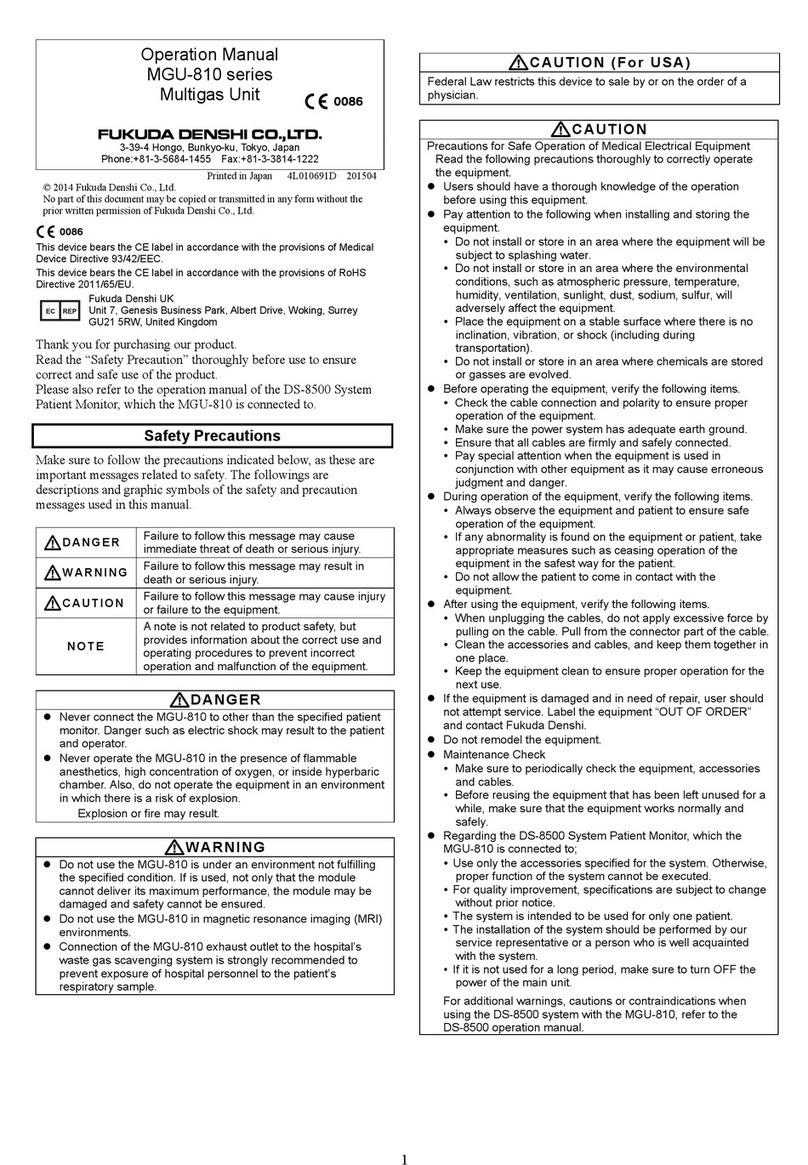
Fukuda Denshi
Fukuda Denshi MGU-810 Series User manual

Fukuda Denshi
Fukuda Denshi Dynascope 8000 Series User manual
Popular Medical Equipment manuals by other brands

Getinge
Getinge Arjohuntleigh Nimbus 3 Professional Instructions for use

Mettler Electronics
Mettler Electronics Sonicator 730 Maintenance manual

Pressalit Care
Pressalit Care R1100 Mounting instruction

Denas MS
Denas MS DENAS-T operating manual

bort medical
bort medical ActiveColor quick guide

AccuVein
AccuVein AV400 user manual

